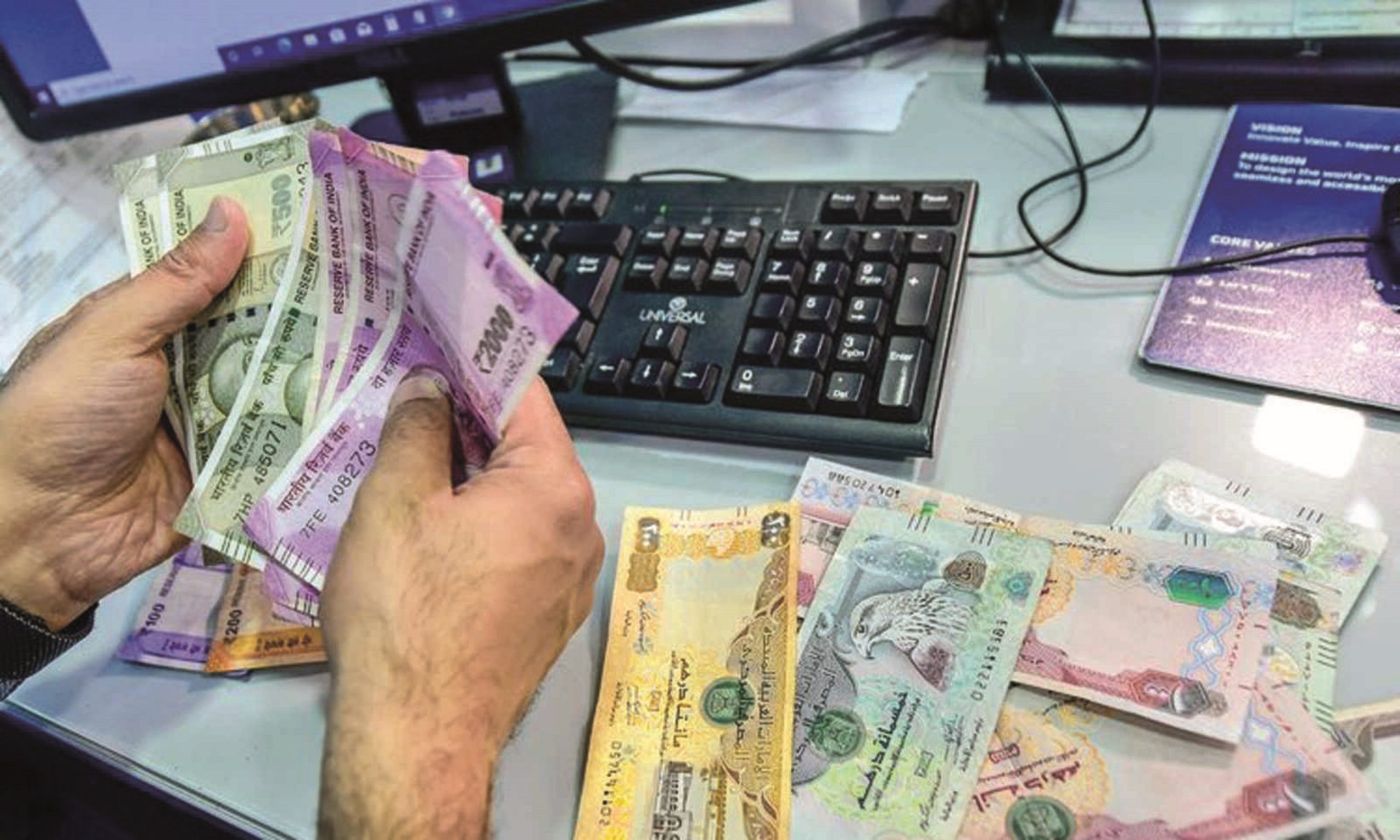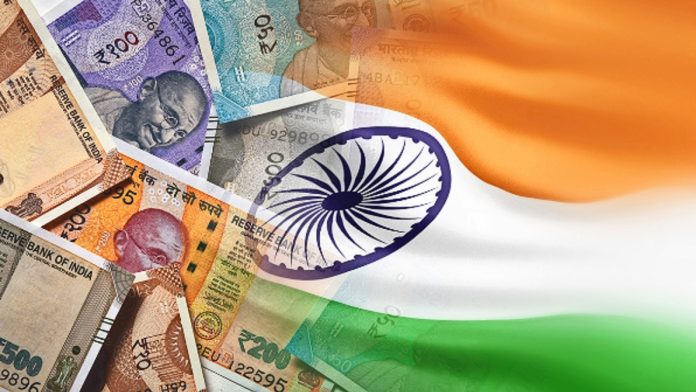- It is well known throughout the world that the Indian economy is on the rise as a result of some of the most rational and practical policies implemented by the Union Government in recent years. As you know, any country worth its salt would like to position itself as a global force to be reckoned with, despite numerous challenges. Of course, the pandemic and the ongoing Russia-Ukraine conflict have wreaked havoc on every country’s economy, but resilient governments have found a way to not only mitigate the effects of the pandemic but also to implement measures that will help flailing economies stay afloat. The Indian government, too, has found its footing by deftly navigating the obstacles.

PC:
- We all know that the global economy is under severe strain as a result of inflationary trends. Even the most developed countries are being burned by the economic meltdown due to various factors, including crippling disruptions to global supply chains. In light of this, an Indian think tank is proposing measures to internationalize the rupee. On July 15, the RBI and the Central Bank of the UAE signed two Memorandums of Understanding (MoUs) allowing bilateral trade in their respective domestic currencies. To put this development into context, consider two other instances in which the RBI collaborated with the Union Government. It authorized banks to allow international trade settlement in rupees in July 2022. Separately, India and Singapore will link their fast payment systems UPI and PayNow in February 2023. This connection enabled transfers from India of up to Rs 60,000 per day. Its primary advantage is that it significantly reduces remittance transaction costs. Keep in mind that India is the world’s largest recipient of remittances. According to the World Bank, India will be the first to receive an annual remittance flow of over $100 billion in 2022. The RBI’s efforts to connect its digital payment systems to those of other central banks boosted remittance flows, and the savings in transaction costs benefited recipients.
- The UAE partnership, on the other hand, is larger in scope and ambition. Its goal is to encourage the settlement of all current account trades and permitted capital account transactions in the respective domestic currency. To make it a reality, both central banks must collaborate to develop a settlement system and a rupee-dirham foreign exchange market. However, it is a step towards internationalizing the rupee and is consistent with India’s growing size and share of global trade. Of course, these efforts are made against the backdrop of the US dollar’s dominance in all aspects of trade and foreign currency reserves.

PC: PTI
- It is worth noting that USD accounts for nearly half of global trade, nearly 60% of official reserves, and nearly 90% of global foreign exchange transactions. Indeed, approximately 80% of India’s foreign trade is invoiced in US dollars. As a result, the rupee’s internationalization necessitates greater convertibility, deeper and more sophisticated financial markets, and a larger trade footprint. As a result, it is necessary to conclude that the Union Government’s and RBI’s gradual approach is pragmatic.






